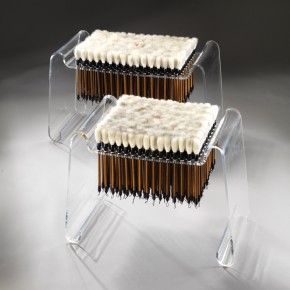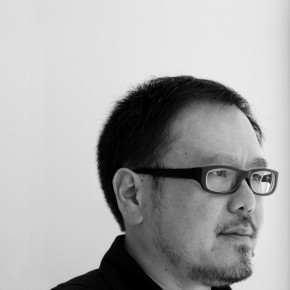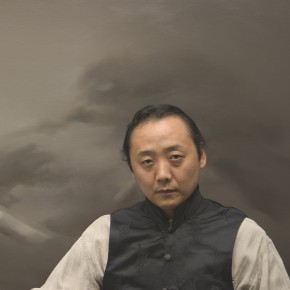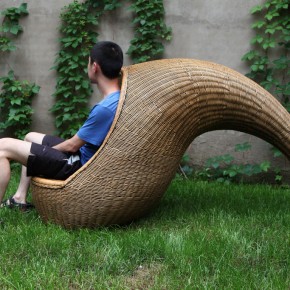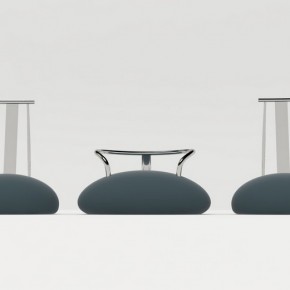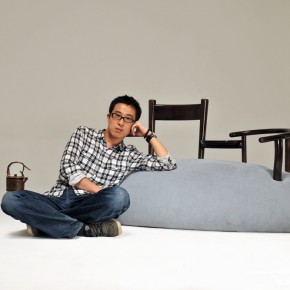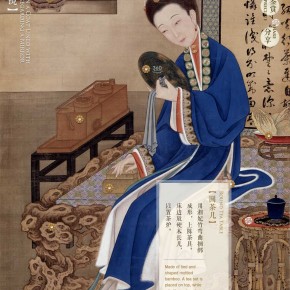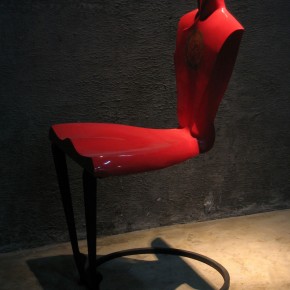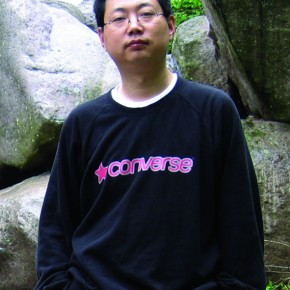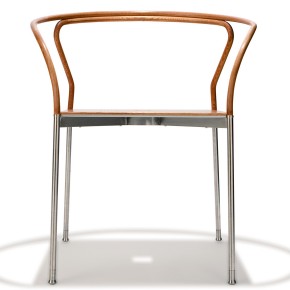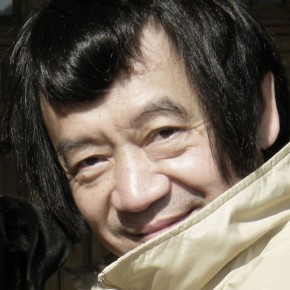
By Jin Rilong
The development foundation of modern Chinese design has stood on the shoulders of many giants. It is influenced by the innovation of modern design from foreign countries, as well as absorbed from traditional Chinese design. Regarding traditional Chinese design, how to utilize tradition beyond tradition and surpass the intelligence of tradition becomes an important topic for modern Chinese design: to break the constraint of tradition; and to inherit the essence of culture. Facing the reality of modern Chinese design, the development of modern Chinese design is rooted in the development of Chinese society, which has been reflecting problems that emerge during the development of Chinese society. Nowadays, design as a second productive force has become the current consensus amongst a number of social elites whom believe design could change the industrial structure and brand image. The practical problem of the development of modern Chinese design is that how design, driven by economics and interests, returns to focus on humanity, which is to say, to truly achieve the goal of design serves people.
The design exhibition in China Pavilion this time is based on the profound reflection of the development of China’s industrialization and design. It mainly presents the design of Chinese modern home furnishing, and at the same time also shows the digital design of China. The phases of Chinese modern design are like the hierarchies of Chinese society, gaps between rich and poor also exist in Chinese modern design. The design works exhibited in China Pavilion this time concern humanity, and the needs and explorations deep in the hearts of human beings. All the participating works that exhibit in China Pavilion correspond to freedom and individuality that the design theme represents. This exhibition is the combination of both excellent and false design phenomenon, it wishes to pry into the development and contemplation of Chinese modern design that contain the significance of contemporary China, and at the same time, to call on more Chinese designers to consider the nature of Chinese design’s problems.
Theme of China Pavilion: One Mind, One Idea
“One Mind, One Idea”, it originally refers to the concept of one mind, same thought. It concerns collective will as well as individual entity. “One Mind, One Idea” represents the collective ideology and vision of Chinese designers. How to establish the direction and appearance of Chinese modern design has always been the aim of Chinese designer. Pays attention on the developmental reality of Chinese society and concerns humanity, become the missions of Chinese modern design development.
“One Mind, One Idea” has also emphasized the entity of designers as individuals. Requires Chinese designers to gradually form their awareness of individual independent design, in order to present the mature design landscape. Chinese designers should take on the responsibility of developing Chinese modern design, and adhere to the sincere heart of pursuing the truth and nature of art.
About the exhibition
Duration: September 6 through November 3
Venue: Gwangju Museum of Art
Artists: LAU Siu Hong Freeman, Jiang Li, Wu Yongping, Wen Hao, Zhu Xiaojie, Shao Fan, Yang Fan, Zhang Qingfang, Zhang Lei, He Mu & Zhang Qian, Xiao Tianyu, Yan Feng.
Tel: 010-64771833,18601038319,18911585587,15101161036
Email: GJDB2013@cafa.edu.cn
Address of the Preparatory Committee: Building 7-206, No.8 Hua Jia Di Nan St., Chao Yang District 100102









